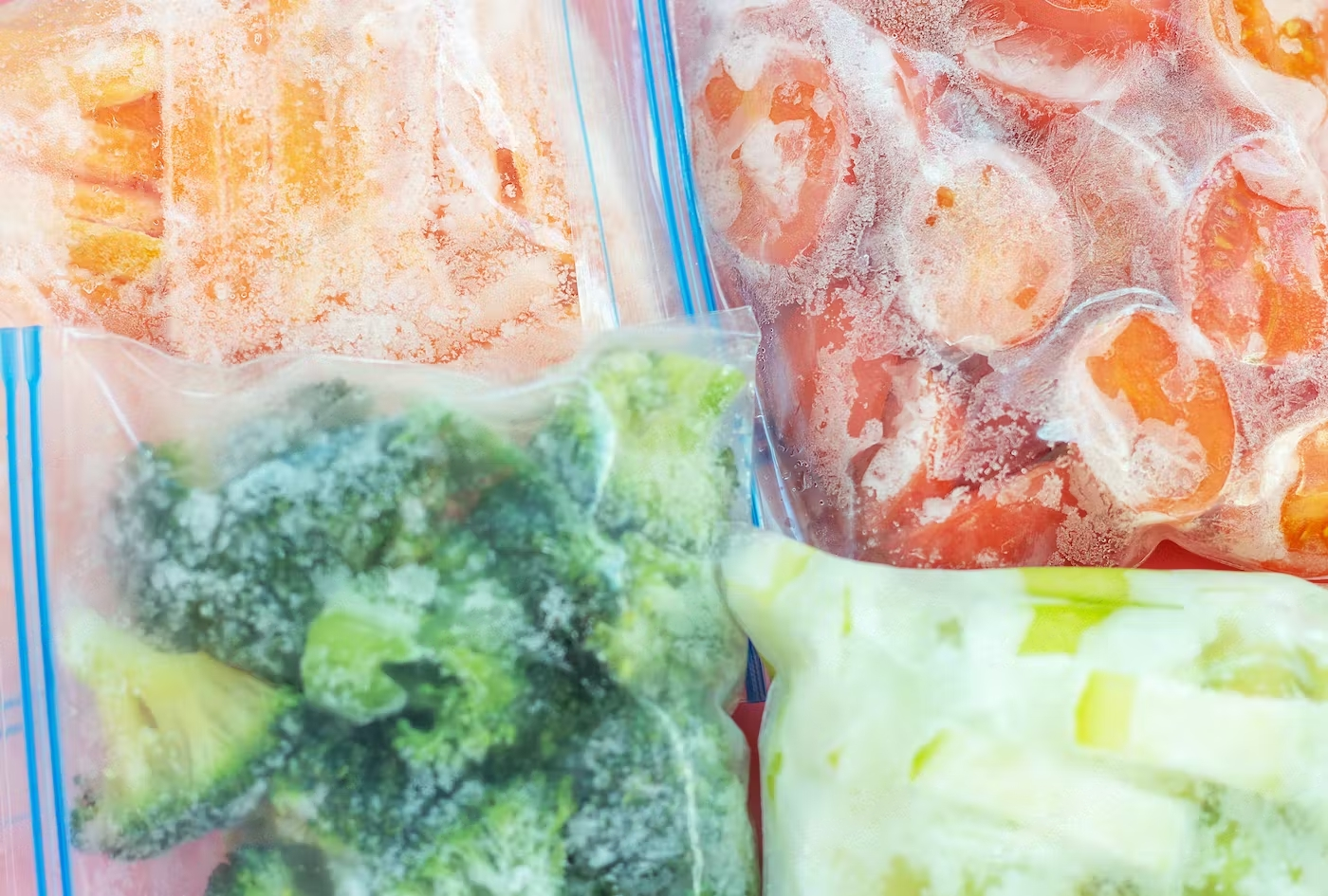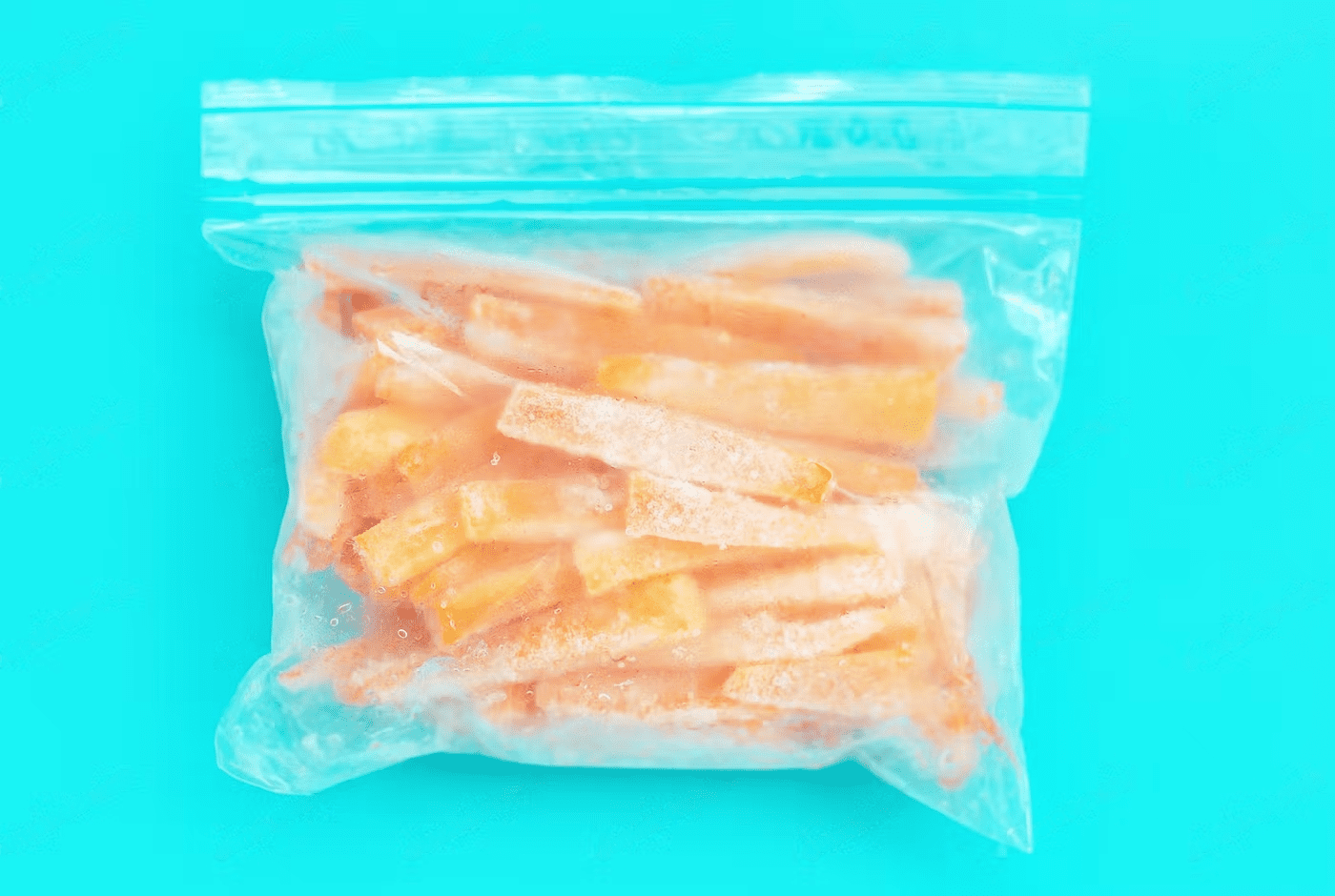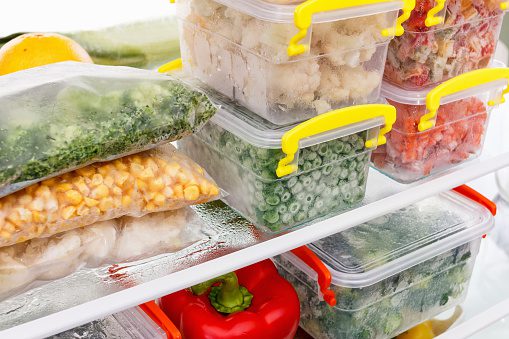
Starting a frozen food business can be an exciting adventure, full of possibilities. Deepak Shukla and our team started a frozen food business, and below, we’ve outlined everything you need to know. Whether you’re looking to open your own business or franchise your existing venture, the following tips will help you get off on the right foot.
Research The Market
Starting a frozen food business is a great way to create our path in the food industry. There are many factors to consider before starting our business, but we will provide tips on how to get started. Before even considering starting a frozen food business, it’s important to understand the market. Here are some tips on how to research the market:
1. Understand our target audience. Who is our main customer? What are their needs and wants? What do they value most? Once we understand our target audience, research what they’re buying and eating now and in the future.
2. Choose the right product line. When choosing which products to offer, many options were available to frozen food entrepreneurs.
Create A Business Plan
Starting a frozen food business can be a great way to make money and provide our family with delicious, healthy food. Here are some tips that helped us create our business plan:
1. Figure out what we want our frozen food business to do. Do we want to sell pre-made meals, or do we want to start from scratch and create our recipes?
2. Figure out how much money we want to make. How many employees will we need, and how much will they cost?
3. Decide what type of frozen food business we would like to start. Would we like to open a store, or do online sales work better for us?
4. Create a financial plan that outlines how much money we will need each month for the business to succeed.

Apply For Licenses And Permits
There are many things to consider when starting a frozen food business. This process can be daunting, from choosing the right license or permit to filing the necessary paperwork.
- First, it is important to understand the different types of licenses and permits available. Businesses can choose from various licenses and permits, including a Retail Food License or a Temporary Special Food Service Permit.
- Next, we will need to gather the required information for each license or permit type. This includes information on our business location, contact information for our employees, menu items and pricing.
- Finally, file the appropriate paperwork with the appropriate government agency.
[convertful id=”197358″]
Open A Business Bank Account
Starting an account with a traditional bank can be daunting for many small businesses. With the rise of online banking and mobile apps, opening a business bank account has become easier than ever. Here are tips for opening a business bank account:
1. Get organised. Before we even think about opening a business bank account, we take some time to document our business information. This includes the company name, address, contact information for key personnel, and financial statements. We can easily create a spreadsheet or database to track this information while we’re working on opening the account.
2. Research banks. Once we have documented our business information, it’s time to start researching different banks. We did some online research to determine which banks offer tailored services for small businesses. It’s also important to consider what kind of fees the bank charges.
3. Choose the appropriate one for the business and apply.
Get Business Insurance
Starting a frozen food business can be a great way to make money, but it’s important to do our research and get proper business insurance. Here are tips on how to get started:
1. Educate ourselves about frozen food businesses. There is a lot of information available online. We start by researching the different types of businesses that freeze foods and what the potential risks and rewards may be.
2. Get insurance for your frozen food business. Ensure we have the appropriate insurance coverage in case of fire, theft, or other disasters that could affect our business. We also want to consider liability insurance if someone is injured while working at our store.
Promote The Frozen Food Business
It’s important to promote, especially when starting a frozen food business can be a great way to make money and provide delicious, healthy meals for our customers. Consider our product mix. Frozen food businesses can specialise in any food type, from quick and easy meals like frozen pizza to more complicated dishes like gourmet frozen dinners. It’s important to figure out what type of foods our customers want and then focus on producing those.
Conclusion
In conclusion, starting a frozen food business can be a fun and rewarding experience. Many helpful resources are available online, and experienced entrepreneurs can offer valuable advice and support. If you are interested in starting a frozen food business, now is the time to research your options and get started!
Was this article helpful? Let us know in the comments.
FAQs
What is the future of frozen food?
Everyone has an opinion on the future of frozen food. Some say it will go out of style, while others predict it will continue to grow in popularity. Whatever the case may be, one thing is for sure. There is a lot of growth potential for frozen food businesses.
Is the frozen food market growing?
Frozen food is a healthy and convenient option for those who want to cook at home. Home frozen food can be made quickly and easily in a small kitchen using common ingredients. With all these, it is safe to say that the frozen food market will continue to grow.
What is the biggest frozen food company?
According to Forbes, the world’s largest frozen food company is Tyson Foods. The company generated sales of $27.5 billion in 2016 and employed over 130,000 people. Tyson Foods is a vertically integrated company that produces poultry, pork, and beef products. They also produce frozen foods such as chicken nuggets, bacon-wrapped scallops, and macaroni and cheese.



